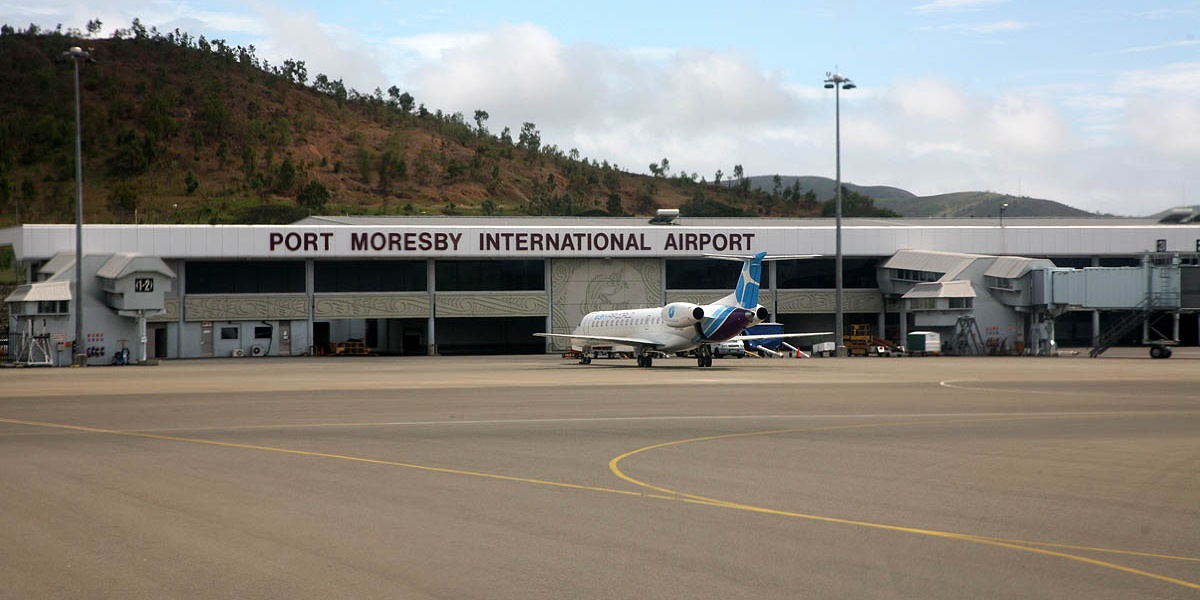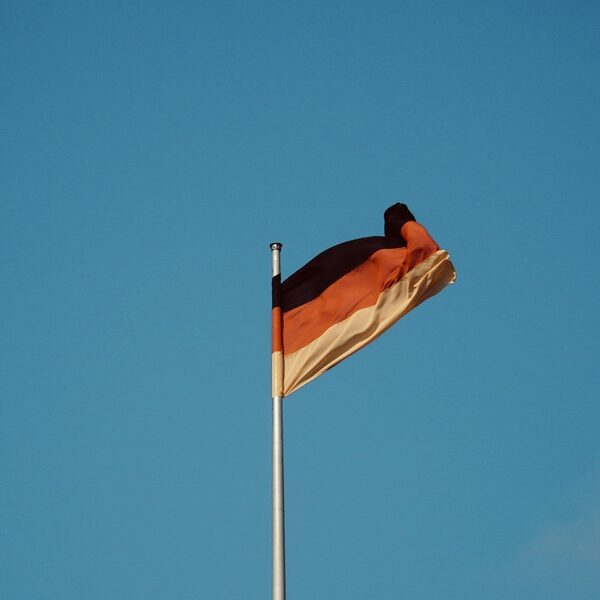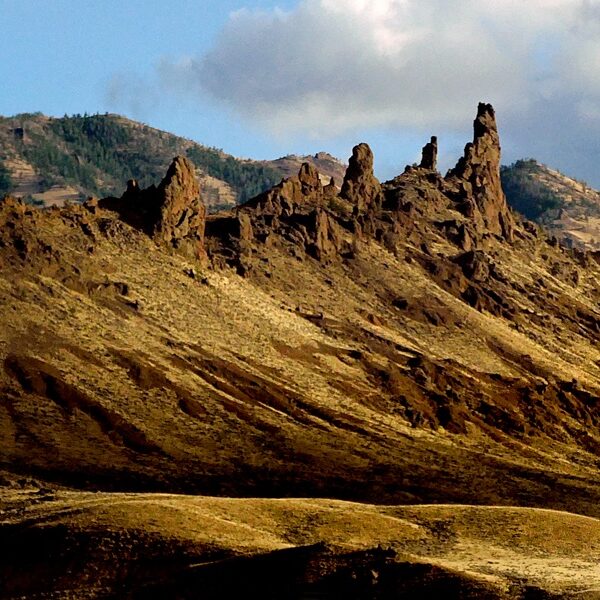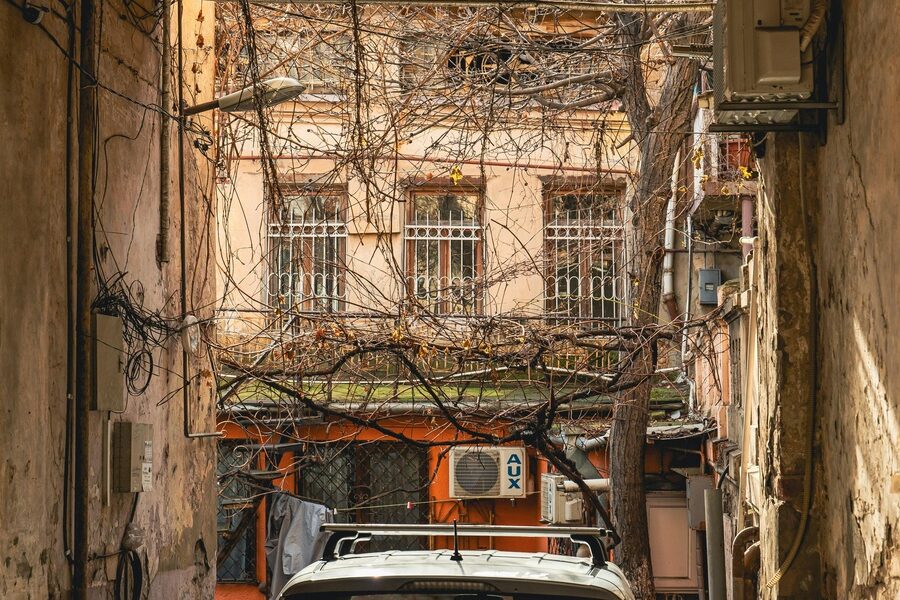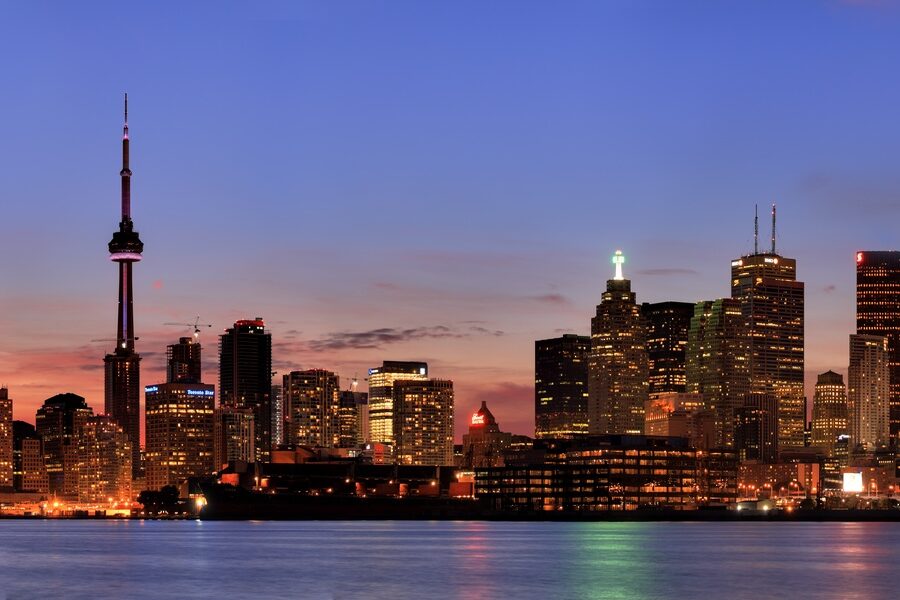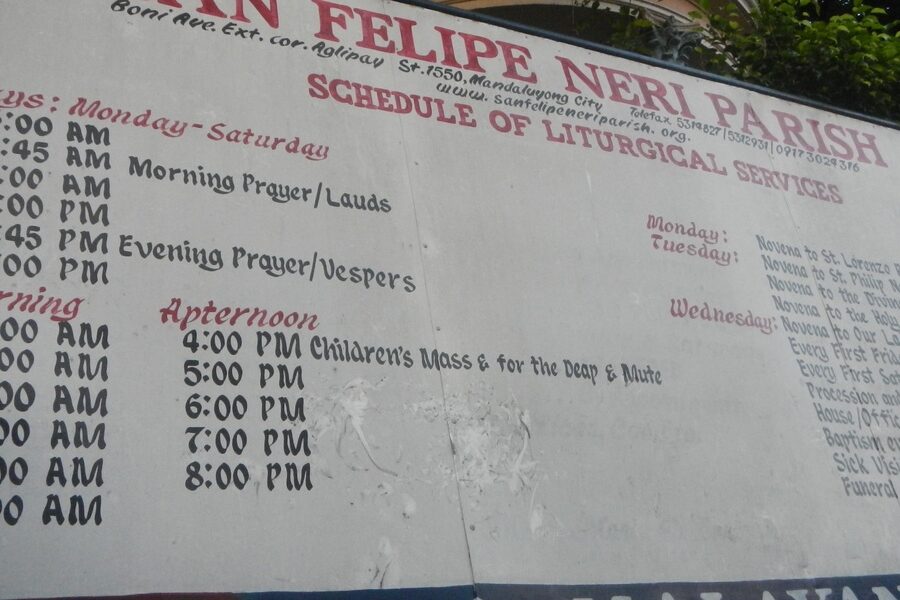Papua New Guinea’s urban centers reflect a mix of resource-driven hubs, coastal ports and administrative towns that shape the country’s economy. From mining and oil to shipping and public services, cities concentrate the jobs and infrastructure that drive regional growth and daily life.
There are 8 Richest Cities in Papua New Guinea, ranging from Alotau to Wewak; for each city we list Country,Population (people),Estimated GDP (USD, mln), which you’ll find below.
What factors determine why a city ranks among the richest in Papua New Guinea?
A city’s ranking depends mainly on measured economic output (GDP) and the industries present — mining, oil, shipping, government services and trade — plus population size and infrastructure that support commerce. Informal activity matters locally but is often undercounted in estimates, so rankings reflect available data on formal economic activity.
How accurate are the population and GDP estimates used in the list?
Figures combine the latest national statistics, provincial reports and published estimates; however, data quality varies by source and year, and informal economies can skew comparisons. Use the listed Country,Population (people),Estimated GDP (USD, mln) as indicative snapshots rather than exact, up-to-the-month values.
Richest Cities in Papua New Guinea
| City | Country | Population (people) | Estimated GDP (USD, mln) |
|---|---|---|---|
| Port Moresby | Papua New Guinea | 400,000 | 6,000 |
| Lae | Papua New Guinea | 150,000 | 1,200 |
| Mount Hagen | Papua New Guinea | 50,000 | 400 |
| Madang | Papua New Guinea | 35,000 | 250 |
| Kokopo | Papua New Guinea | 30,000 | 200 |
| Goroka | Papua New Guinea | 30,000 | 220 |
| Wewak | Papua New Guinea | 25,000 | 150 |
| Alotau | Papua New Guinea | 15,000 | 120 |
Images and Descriptions
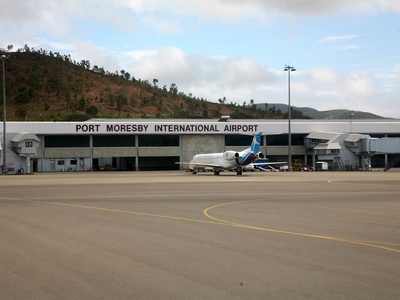
Port Moresby
National capital and largest city, Port Moresby concentrates government, finance, ports and oil & gas company HQs. High property values, expatriate presence and retail make it PNG’s economic core with the largest contribution to national GDP and services.
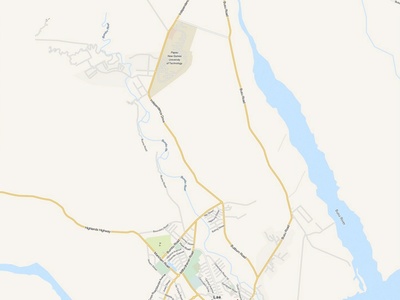
Lae
Lae is PNG’s industrial and logistics hub, anchored by the country’s busiest cargo port, manufacturing, timber and agricultural processing. It hosts regional exporters and industrial estates, generating strong commercial activity and higher-than-average urban incomes.
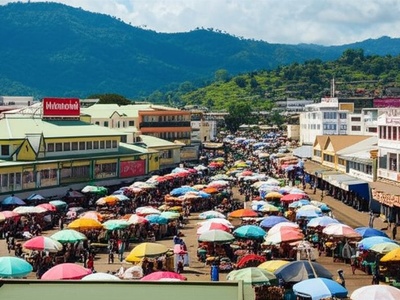
Mount Hagen
Mount Hagen is the Highlands’ commercial heart, serving large agricultural catchments—especially coffee—and regional trade. Provincial administration, markets and transport links concentrate incomes, making it the wealthiest inland city with notable retail and service sectors.
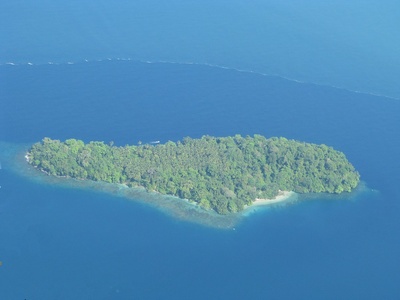
Madang
Madang combines a deepwater port, tourism and agriculture—copra, cocoa and fishing—with provincial administration. Its scenic setting supports visitor arrivals and higher property values, while the port and processing facilities underpin local commercial strength.
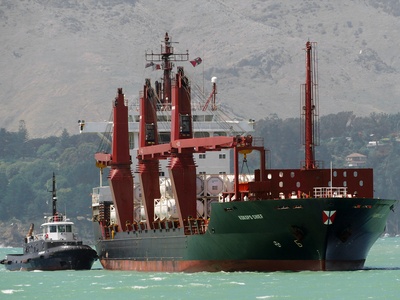
Kokopo
Kokopo grew into East New Britain’s commercial center after Rabaul’s 1994 eruptions. Its port, tourism, forestry and export of cocoa and copra drive local wealth; proximity to resorts and service industries supports steady urban income growth.
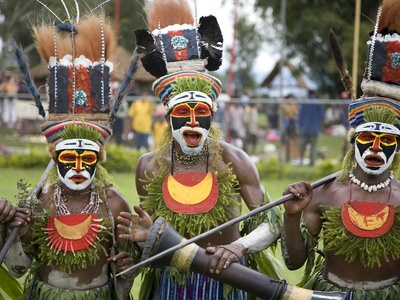
Goroka
Goroka is a highlands administrative and service center known for coffee production, government services and the annual Goroka Show. Education, healthcare and trade concentrate incomes, giving it stronger living standards compared with surrounding rural areas.
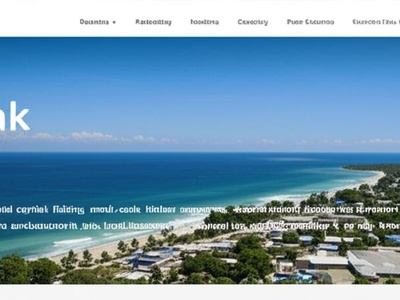
Wewak
Wewak, a coastal provincial capital, supports fishing, small-scale timber exports, government services and regional trade. The port and administrative jobs boost local incomes, though its economy is smaller than Port Moresby or Lae.
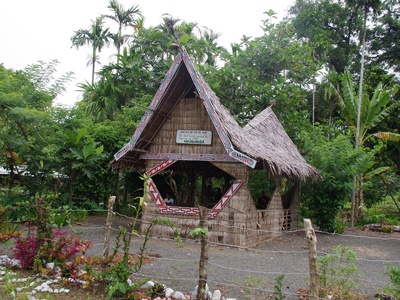
Alotau
Alotau is Milne Bay Province’s administrative and maritime hub, benefiting from fisheries, tourism (island resorts and diving) and government services. Its coastal location and growing visitor economy raise property values and local incomes relative to rural areas.

